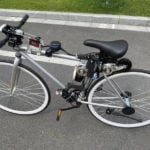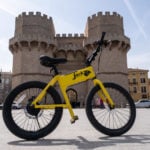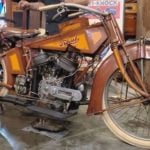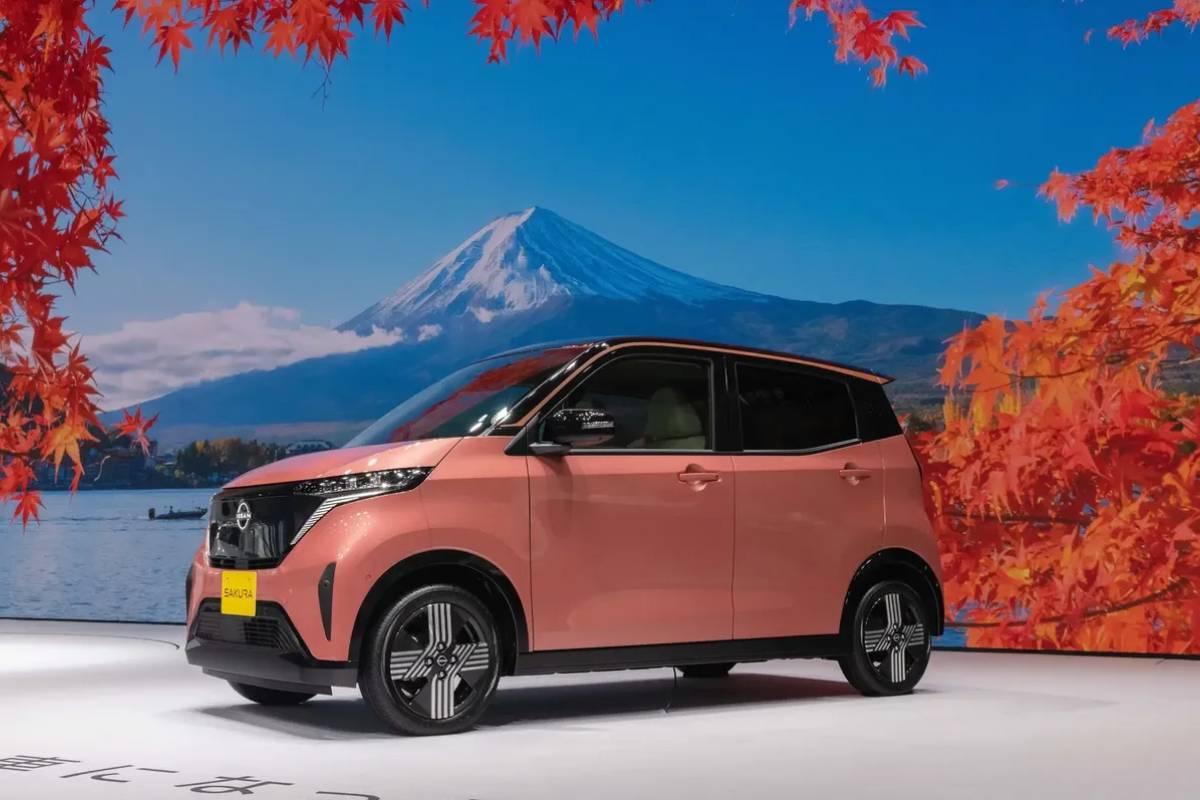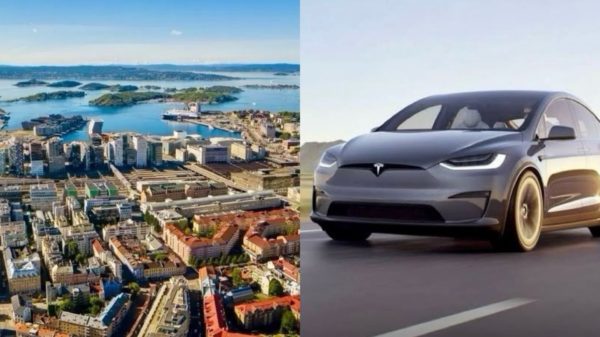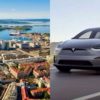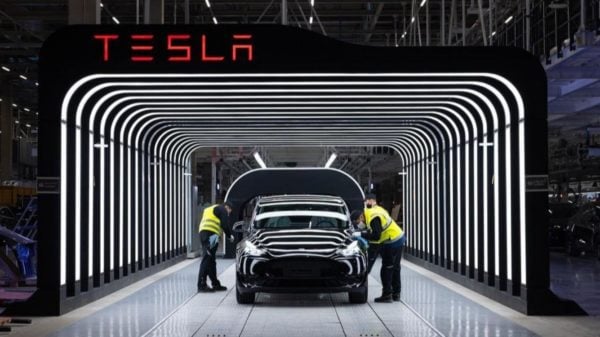While Tesla might rule the worldwide EV scene, it’s a different story over in Japan. A tiny $13,000 electric car is stealing the spotlight, showing that sometimes, bigger isn’t necessarily better when it comes to EV investments.
According to data gathered by Bloomberg, the Sakura, a pint-sized wonder developed through the collaboration of Nissan and Mitsubishi, is taking the electric car market in Japan by storm.
Priced at just $13,000, this minicar has become the country’s best-selling electric vehicle this year, accounting for approximately half of all EV sales thus far. It should be noted that the vehicle’s cost also includes government subsidies.
The Sakura made its debut barely a year ago and has caused quite a stir in its native Japan. In fact, it clinched the title of Japan’s Car of the Year in 2022. Despite its petite 11-foot-long frame, this EV packs quite a punch. It has a range of up to 180 kilometers on a single charge and can reach speeds of up to 130 kilometers per hour!
In a stunning turn of events, the Sakura has completely outshone its competitors this year, with a whopping 35,099 vehicles sold. This includes even the likes of Tesla. While Elon Musk’s brainchild may hold sway over the EV realm in the Western world, it’s a different story in Japan. Here, smaller electric vehicles, known as “kei cars,” are the real crowd-pleasers.
The Japanese EV scene poses a unique challenge for Tesla, even prompting them to cut prices on their Model 3 and Y electric cars earlier this year. It is not just Tesla feeling the competition. The Chinese EV powerhouse, BYD, supported by Warren Buffett and hot on Tesla’s heels worldwide, also entered the Japanese market in January.
Kei cars are a true sensation in Japan, particularly in rural regions where public transport options are limited. Their close relatives, the kei trucks, have been gaining popularity in the United States over the past few years. These compact 11-foot-long pickups, like the Suzuki Carry and the Daihatsu Hijet, come with a wallet-friendly price tag, sometimes as low as $5,000, and they’re incredibly efficient to run. However, it’s worth noting that in the U.S., vehicles under 25 years old can face stringent restrictions.
Despite the restrictions, these diminutive Japanese vehicles have found a niche in parts of rural America. They’re being put to good use on ranches, serving as delivery vehicles and even doubling as handy wagons for beekeepers.
The Kei truck trend has sparked interest among U.S. manufacturers, leading them to introduce their own compact vehicles. For instance, the EV startup Telo made waves by unveiling a Mini Cooper-sized pickup with a price tag of $50,000 earlier this year.
Interestingly, the Sakura’s surge in popularity occurs at a time when Japan’s renowned car industry is somewhat trailing behind in the global transition to electric vehicles. Just 2% of all vehicles sold in the nation in 2022 were plug-in hybrids and battery-powered electric cars. Despite this, the Sakura’s success suggests that there’s a growing appetite for affordable and efficient electric options among Japanese consumers.




